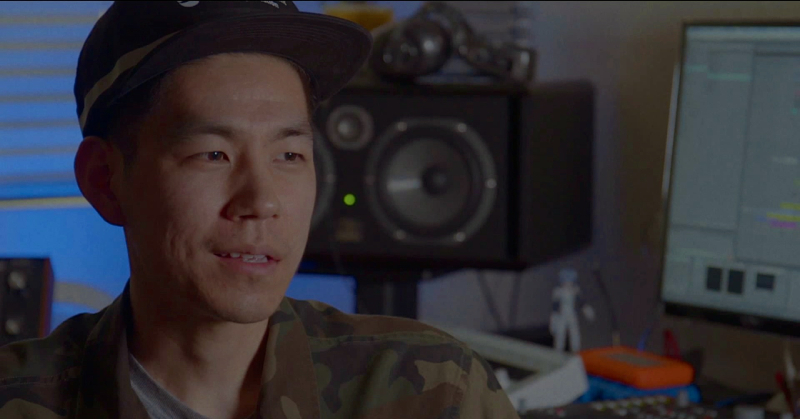The Science of Creative Professionals
As you know, at Seagate we love talking with artists, learning more about where they find inspiration and how they use technology in their creative process. (Thanks to the above-linked Stan Lee, Billy Bragg, Jake Bugg, producer Mike Green, filmmaker Ondi Timoner and so many more!)
So today we’ve got a new video for you to check out. The Science Of is a short-form documentary series from FLOOD magazine and Seagate that explores the creative process across a wide range of artistic disciplines by featuring innovative musicians, designers, filmmakers, artists and other creators and how they utilize technology in their respective crafts.
Inside the mind of acclaimed artist/producer Nosaj Thing
Today we’ll take you inside the mind of acclaimed artist/producer Nosaj Thing (née Jason Chung).
His latest album Fated came out May 5. Pitchfork has called his work “frequently sublime” and “most striking for its humanity.” The BBC described one favorite track as “wonderful marriage of unique vocals and exemplary production … its percussive constituents insistent yet perfectly accessible.”
What drives Nosaj Thing’s art? How does he create? Where do his ideas come from? How instrumental is technology to his creative process? Nosaj put together this behind scenes video, in collaboration with our friends at FLOOD Magazine and Innovative Leisure, to give listeners some clues to understand where he came from and what he’s trying to do.
The Science of Nosaj Thing
A personal look at his life
Nosaj gives us a very personal glimpse at his own life and how it led to his art. “When I was a kid I was a weirdo,” he says. “I just wanted to change things, to play with the EQ on my mom’s car stereo.”
 “I started creating my own music in high school. Recreating favorite beats from artists Neptune and Dr. Dre and , but also experimenting and creating my own new sounds as well, sometimes staying up all night.”
“I started creating my own music in high school. Recreating favorite beats from artists Neptune and Dr. Dre and , but also experimenting and creating my own new sounds as well, sometimes staying up all night.”
He talks about a time when he had just started out on the LA music and dance scene, when music gear and software were becoming more accessible, making it easier for more new artists to create new kinds of sounds people hadn’t been hearing. The shows he went to were like a listening session. “In 2009 I put out my first record, and somehow I got good reviews, and got some remixes.”
“When I first started playing live, I had a lot more equipment, and everything was heavier.” Nosaj had to haul a master controller, analog drum machine with 808s in it, audio interface, and his hard drive for samples. These days the gear is smaller and lighter. The gear allows him to keep on hand all the individual basic elements of his songs, then rearrange them to come up with new parts on the fly during his live show “so it’ll be different every time.”
Evolving gear; evolving creativity
His latest record Faded is a collection of sonic explorations. “I made the record based on gut feeling, and feel. It doesn’t have to be complex most of the time; if you focus on the small parts, it can come out really powerful.”
With his latest transformation, when Nosaj plays live, he says, “I feel more open-minded, and I’m just exploring more. I feel like the best material comes out when I’m not thinking at all. Going back to the days when the music was something I would find, unexpecting. That’s what sparks it for me, and I think that’s pure — like that’s real.”
In the video below, enjoy one of my favorite Nosaj songs “Eclipse/Blue” (from his 2013 LP Home), featuring ethereal vocals from Kazu Makino of Blonde Redhead.







